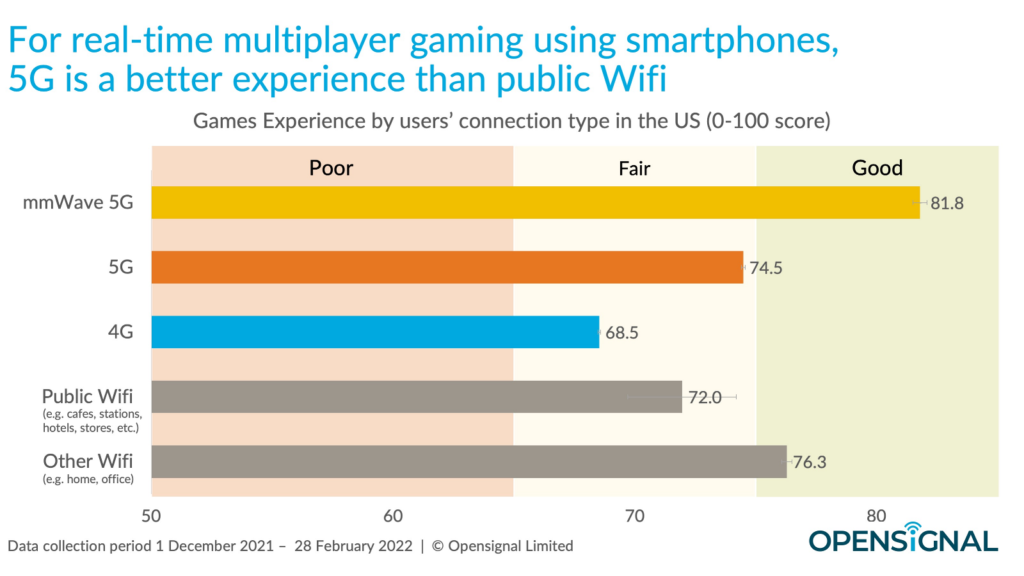IoT devices in automotive, industrial, medical, and smart-home applications now incorporate microcontrollers and wireless modules for enhanced connectivity and theft-prevention features.
Original equipment manufacturers (OEMs) are increasingly integrating theft-prevention tracking capabilities into their IoT devices. This article delves into the essential considerations and trade-offs involved in selecting wireless tracking technologies, emphasizing the pivotal role played by microcontroller units (MCUs) in these devices. It also explores various wireless protocols used for anti-theft tracking, ranging from Global Positioning Systems (GPS) and Bluetooth Low Energy (BLE) to Low-Power Wide-Area Network (LPWAN) and Radio Frequency Identification (RFID). Additionally, the article discusses the broader spectrum of physical and digital anti-theft capabilities beyond mere location tracking.
MCUs’ Significance in IoT Anti-Theft Tracking Systems
OEMs carefully assess cost, theft risk, and power considerations before integrating theft-prevention tracking into IoT devices. They select tracking technology based on specific form factors, power constraints, Bill of Materials (BOM), and application needs.
A dedicated microcontroller unit (MCU) serves as the central hub for IoT anti-theft systems, overseeing wireless tracking modules, as well as infrared and motion sensors. These efficient, low-power MCUs process analog and digital inputs, coordinate data exchange, and authenticate requests. They interpret signals from security sensors to detect unauthorized access, trigger alerts, and manage output devices like buzzers and LEDs for deterrence. Moreover, MCUs regulate power consumption to ensure consistent and reliable tracking performance.
Figure 1. Infineon’s PSoC 6, a versatile, low-power MCU designed for secure, high-performance IoT applications. (Image: Mouser)
OEMs select MCUs for IoT anti-theft tracking systems based on criteria such as power efficiency, performance, security features, and compatibility with various radio modules.
Many popular MCUs seamlessly integrate with different radio modules to support theft-prevention tracking, including the Infineon PSoC 6 series (Figure 1), STMicroelectronics STM32, Texas Instruments (TI) SimpleLink, NXP Kinetis, and the Nordic Semiconductor nRF52 lineup.
Choosing Wireless Technologies for Anti-Theft Tracking
IoT device OEMs incorporate wireless radios (Figure 2) to facilitate specific anti-theft tracking applications, supplementing them with an additional radio module when existing connectivity proves inadequate. For instance, GPS offers precise long-range outdoor tracking, though accuracy may diminish indoors. Conversely, BLE and Ultra-Wideband (UWB) provide high-precision indoor positioning over short distances.
Figure 2. A detailed illustration highlighting multiple IoT asset tracking solutions, including RFID, LoRaWAN, BLE, NFC, Wi-Fi, UWB, and GPS. (Image: Redbeam)
LPWAN technologies like Narrowband IoT (NB-IoT) and Long Range Wide Area Network (LoRaWAN) sacrifice bandwidth for extended range and energy efficiency in both indoor and outdoor tracking scenarios. Mesh technologies such as Zigbee and Z-Wave offer indoor coverage for anti-theft tracking, while LTE, 5G, and Wi-Fi prove useful for the same purpose when cellular networks or verified Wi-Fi routers and access points (APs) are accessible.
RFID aids in asset identification and tracking, with read ranges typically varying from a few centimeters to up to 100 meters, depending on the use of passive or active RFID technology. Lastly, Near Field Communication (NFC), a subset of RFID, provides very short read ranges primarily for asset identification rather than theft tracking — usually under 10 centimeters.
Extending Beyond Location Tracking
In addition to traditional anti-theft location tracking, many IoT devices incorporate features like motion detection, geofencing, automatic alerts, remote disablement, and tamper detection. Robust digital and physical security measures are implemented to prevent unauthorized access in case of theft or compromise. These measures include tamper-resistant enclosures, multi-factor authentication, secure and encrypted elements for MCU key storage, conformal coating, and protected trace routing.
While IoT edge devices are typically more challenging to steal than standalone devices, they may still require theft-prevention tracking capabilities, especially when integrated into larger systems like HVAC, industrial machinery, and medical equipment. Conversely, devices designed for precise tracking, such as smart luggage, mini asset trackers, and pet location tags, offer specific anti-theft functionalities.
Devices like security cameras and video doorbells in the smart home domain fall in-between these categories. Ultimately, a detailed cost-benefit analysis determines the viability of integrating anti-theft tracking technology considering its impact on power consumption, BOM costs, and form factor.
Conclusion
Many OEMs are incorporating theft-prevention tracking capabilities into their IoT devices. Managed by efficient MCUs, these devices utilize various wireless radios, including GPS, LTE, 5G, RFID, LPWAN, Wi-Fi, and BLE, for anti-theft tracking across diverse applications such as smart home devices, surveillance cameras, medical equipment, IIoT systems, vehicles, and luggage.
Related Content
Connectivity Promotes Theft Prevention in Connected Vehicles
IoT Tags Combine Four Radios with Accelerometer
BLE Asset Tracking Platform Features Super-Long Battery Life, Improved Location Accuracy
Where Are LPWAN Protocols Used?
IoT Antennas Connect Devices to Wi-Fi, Cellular, and GPS Signals
Cybersecurity basics: Server and end device relationship to LoRaWAN network, Part 1
References
Asset Theft Prevention through Advanced Tracking Solutions, Zenduit
IoT Asset Tracking 101: How to Implement & Business Benefits, Redbeam
IoT Device Security Best Practices: Safeguarding Connected Systems, Neumetric
Prevent Theft and Recover Stolen Equipment with Our Discrete and Durable Battery-Powered Trackers, TrustedGlobal
10 Best IoT Asset Tracking Systems, Hologram.io
How Can IoT Sensors Help Prevent Theft and Losses in a Stock?, Tektelic
How to Conform with Security Regulations for IoT Devices, Keysight
All About Smart Luggage Tracking System Using IoT, PsiBorg
IoT for Stolen Vehicle Recovery, IoTForAll



